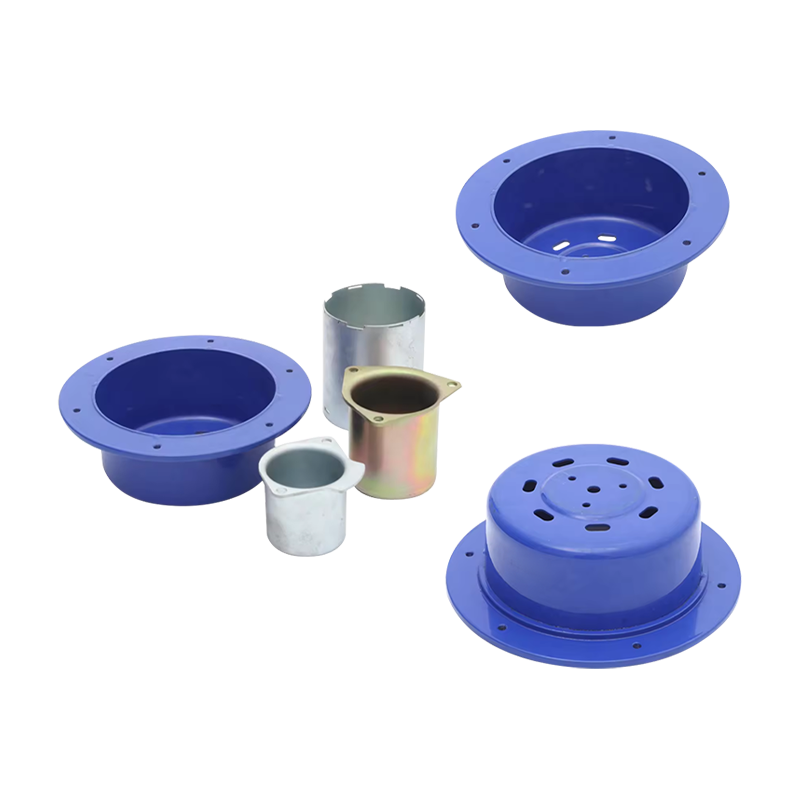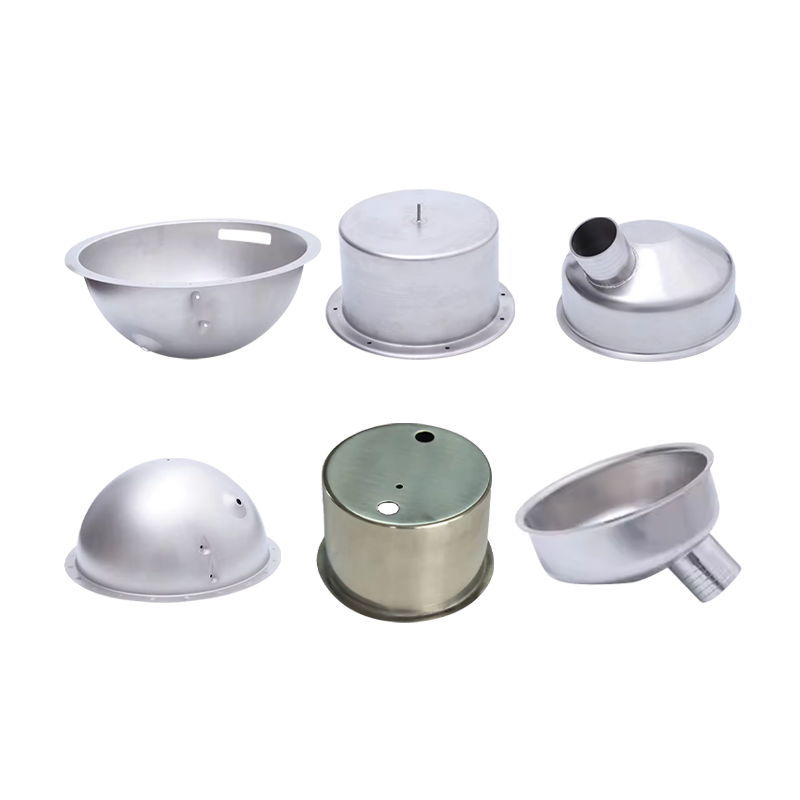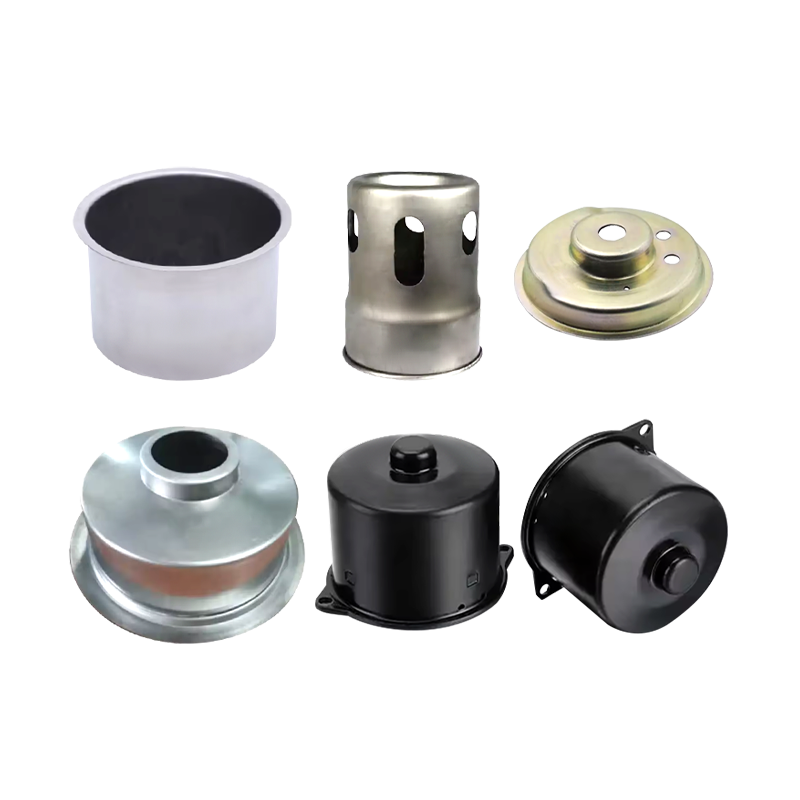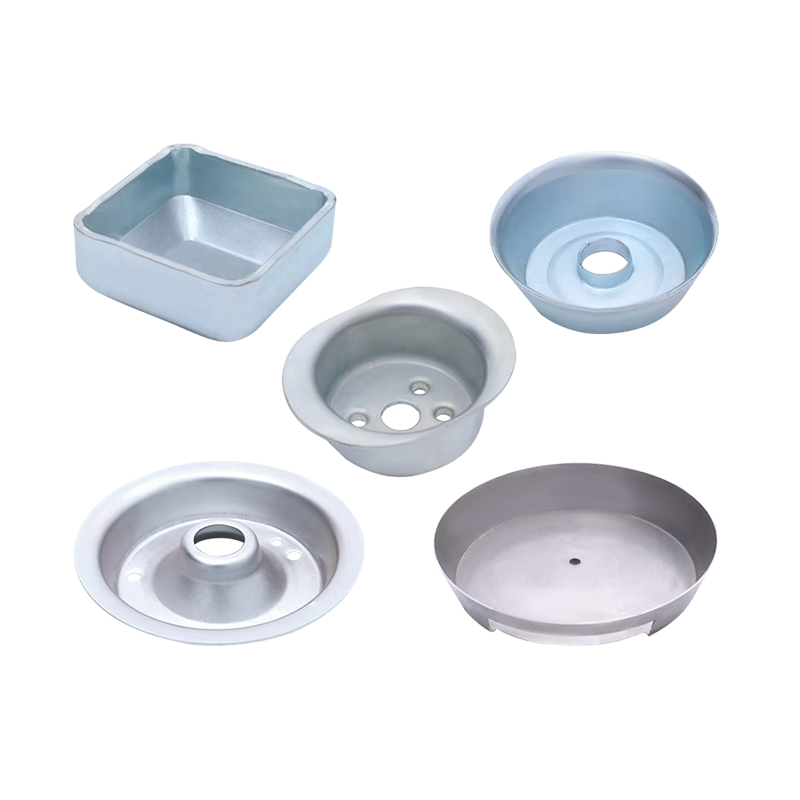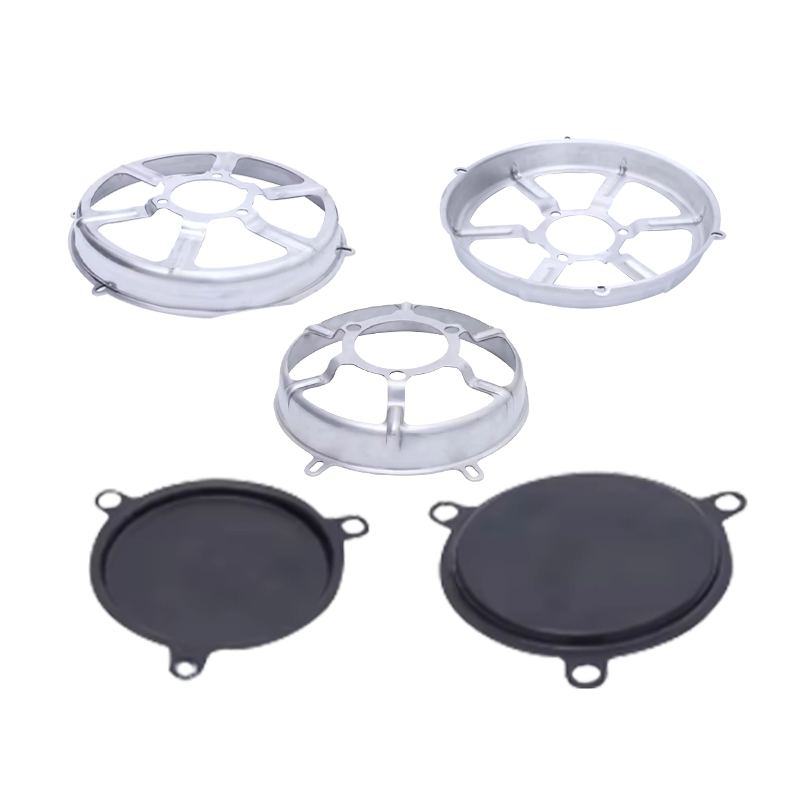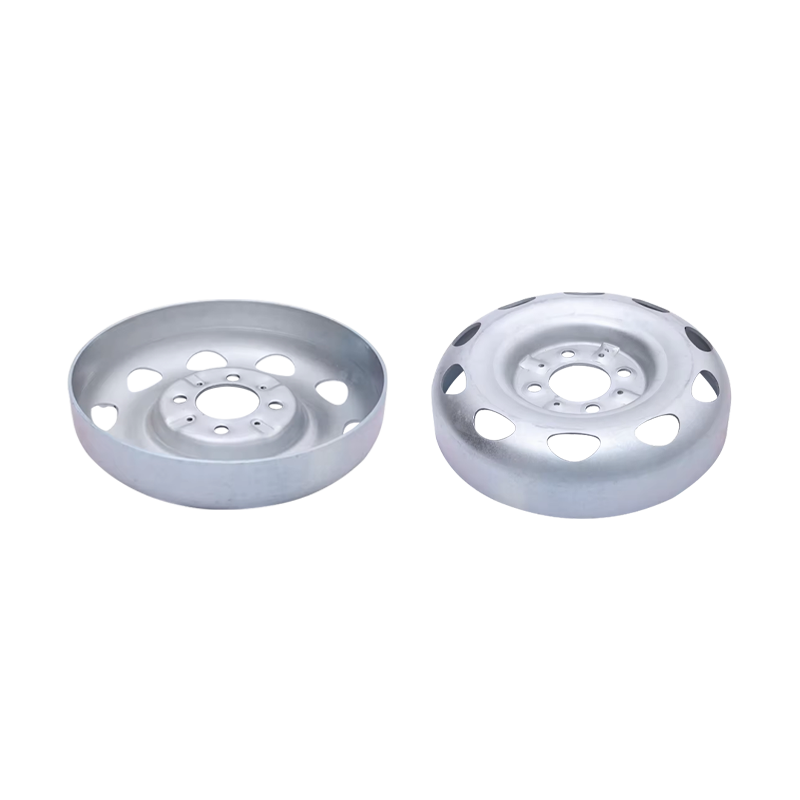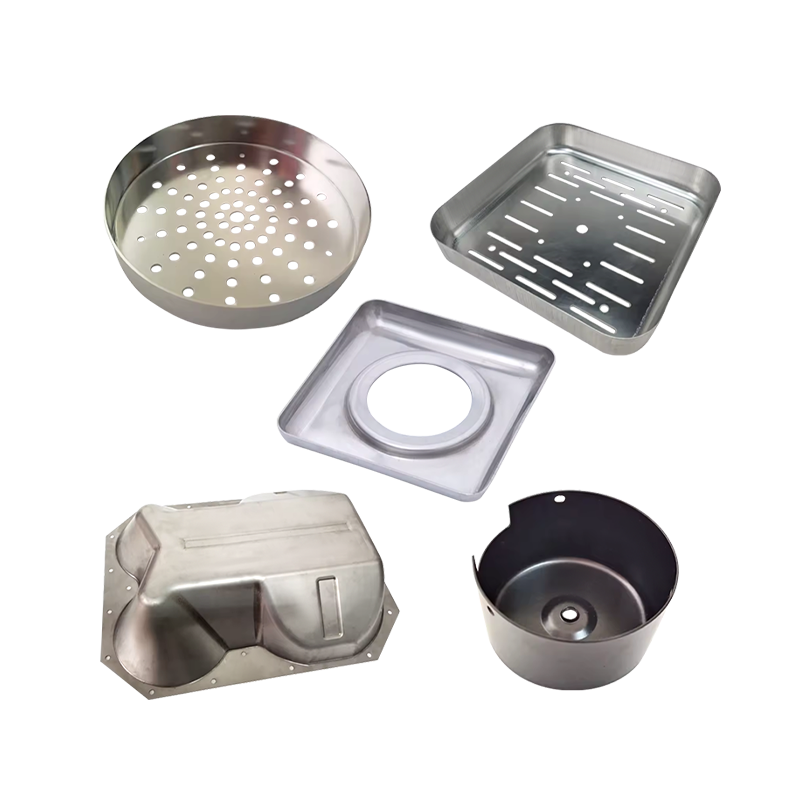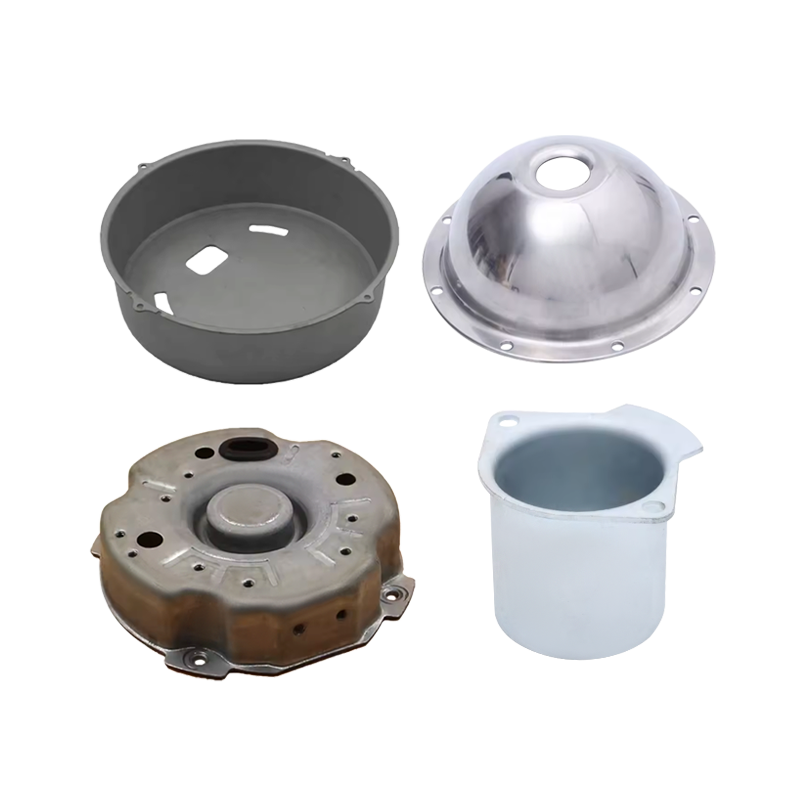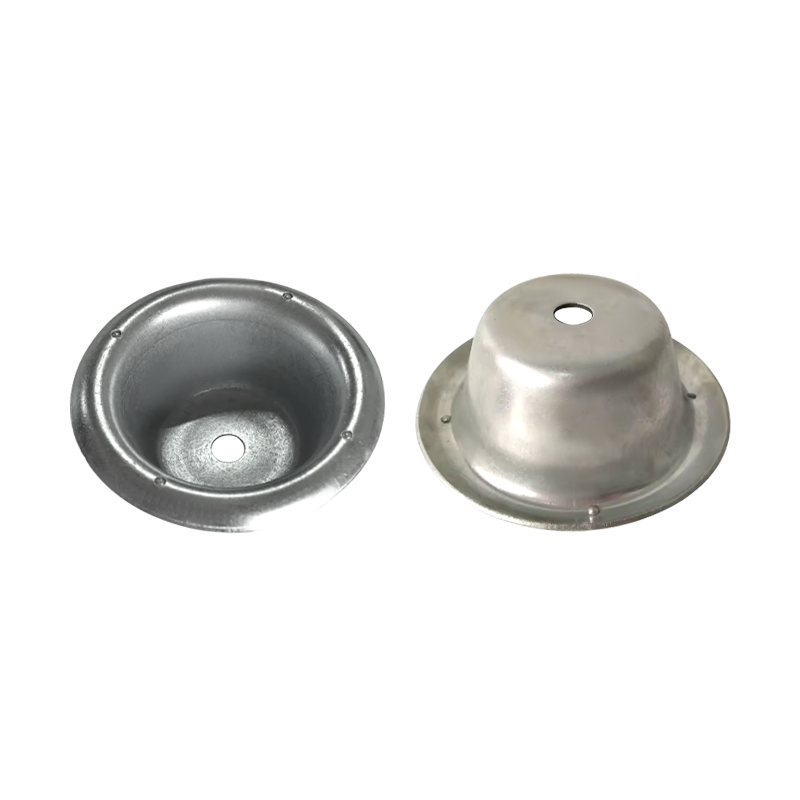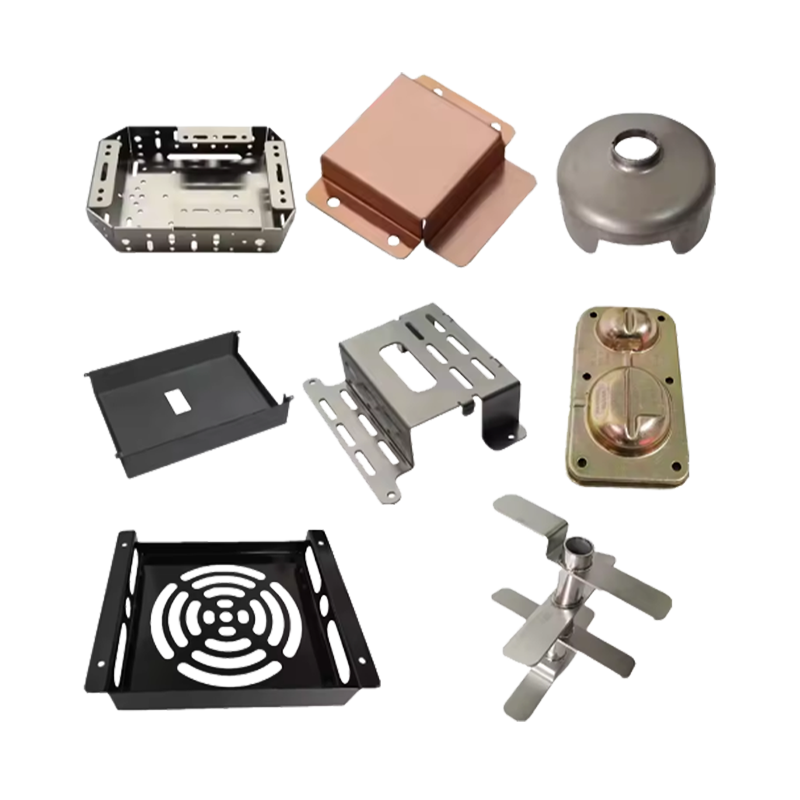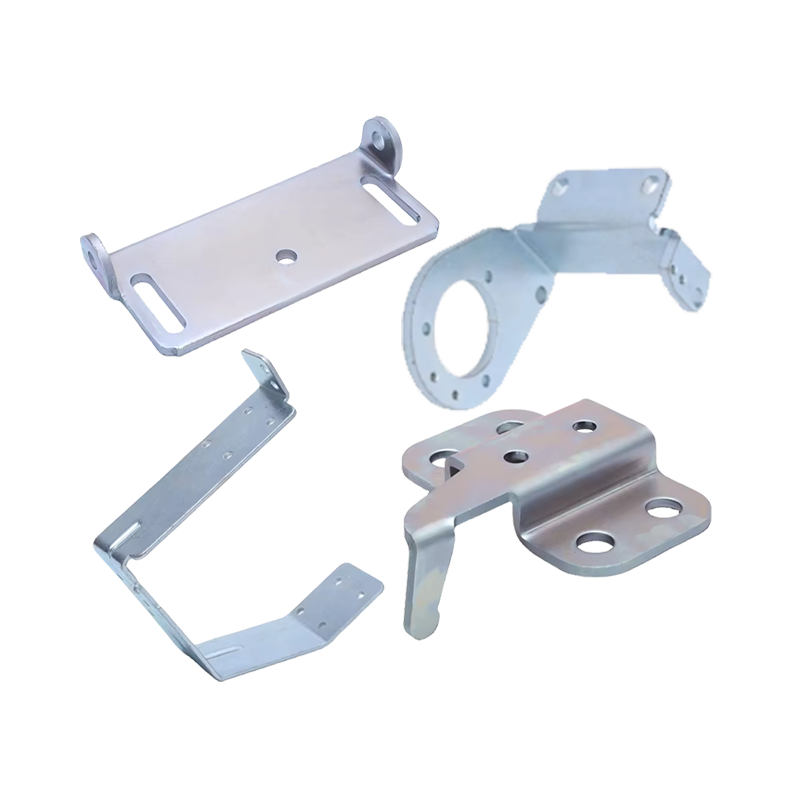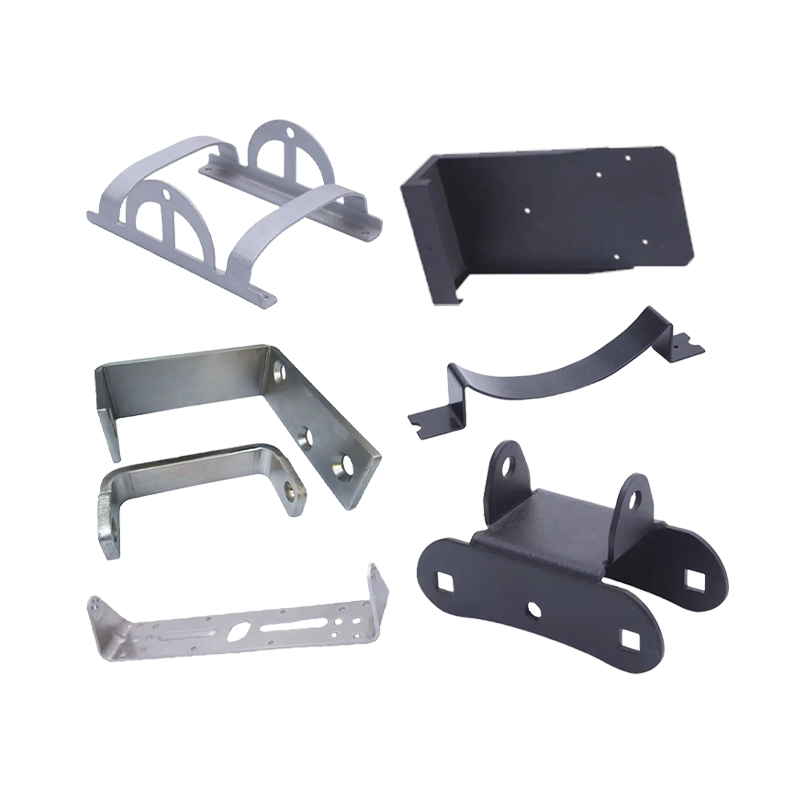Web Menu
Product Search
Exit Menu
News categories
RECENT POSTS
-
Why are metal animal drinking bowls the best choice for safe pet drinking water?
Dec 23,2025 -
What are the common defects and solutions for metal bending parts?
Dec 16,2025 -
What to do if burrs appear on metal stamping parts? How to avoid them?
Dec 09,2025 -
What are Metal Bending and Drawing Parts?
Dec 02,2025 -
Precision Deep Drawing & Metal Stamping Solutions | High-Volume Manufacturing Expertise
Dec 01,2025
What space and functional constraints need to be considered when designing an RV sink?
RV sinks are an important part of the RV's kitchen or cleaning area. Their design needs to take into account space utilization, functional requirements, and special restrictions during driving. Compared with traditional household sinks, the design of RV sinks requires greater flexibility and innovation. The following discusses the space and functional limitations that need to be considered when designing RV sinks from several key aspects.
1. Limited installation space
The interior space of RVs is very limited, so the design of the sink must be highly consistent with the overall layout. It is usually necessary to choose a compact sink design, while also considering the coordination with the stove, storage cabinets and other kitchen equipment. The following are design strategies to solve space limitations:
Multifunctional integration: Many RV sinks are designed with folding covers or cutting boards, which can transform the sink into an additional worktop when not in use.
Embedded design: Embedded sinks can be flush with the countertop, which saves space and is easy to clean.
Custom size: Customize the sink size according to the actual size of the RV kitchen area to maximize space utilization.
2. Limitations of water supply and drainage systems
The water supply and drainage systems of RVs are more complex than those of fixed homes, and it is necessary to ensure that the sink is perfectly adapted to the system when in use:
Water supply limitations: The water tank capacity of RVs is limited, so the sink design should support low water flow water-saving solutions, such as installing a bubbler to reduce water consumption.
Drainage design: Since RVs may vibrate and tilt during driving, the sink needs to be designed with leak-proof drain pipes and sealing joints, and equipped with check valves to prevent wastewater from flowing back.
Connection with gray water tank: The drainage system needs to be seamlessly connected to the RV's gray water tank to ensure that wastewater is stored safely and without odor leakage.
3. Demand for functional diversity
RV users often want to achieve more functions in a limited space, which puts higher requirements on sink design:
Combined functions: Some RV sinks integrate filtration systems, heating devices or small water purifiers to provide users with a healthier water experience.
Accessory compatibility: The sink needs to be compatible with a variety of accessories (such as portable faucets, detachable drain baskets, etc.) to meet different cleaning and meal preparation needs.
Shallow trough design: In order to reduce the possibility of water accumulation in the sink, the shallow trough design is not only easy to clean, but also can shorten the drainage time.
4. Trade-offs in material selection
The RV sink material needs to take into account both lightness and durability, and at the same time meet the requirements of the RV driving environment:
Lightweight requirements: RVs need to reduce the weight as much as possible, so stainless steel, composite materials or lightweight plastics are often used as sink materials.
Earthquake resistance and durability: RVs will be subject to vibration during driving, and the sink must have good earthquake resistance to avoid cracks or deformation during use.
Corrosion resistance and easy cleaning: Since RV sinks need to handle a variety of liquids and dirt, choosing corrosion-resistant and easy-to-clean materials can effectively extend the service life.
5. Driving safety and fixing requirements
As a fixed facility in the RV, the sink must be designed to meet the safety requirements during driving:
Firm installation: The sink needs to be firmly fixed on the countertop to avoid loosening or falling off on bumpy roads.
Anti-overflow design: Many RV sinks are equipped with anti-overflow holes or sink covers to prevent water from overflowing when the vehicle turns or stops suddenly.
Edge protection: The edge design of the sink should not be too sharp to reduce potential damage to users during bumpy driving.
6. Balance between beauty and practicality
In addition to practical functions, RV sinks also need to take into account aesthetics. Since RVs are usually used for travel and leisure, users want the interior design to be more comfortable and modern:
Color and style unity: The appearance of the sink needs to be coordinated with the overall design style of the RV kitchen, such as matching the color of the countertop, cabinets and faucets.
Innovative design: Some high-end RV sinks adopt a foldable or retractable design, which not only saves space but also brings higher convenience.
How the Size and Design of Pallet Feet Affect the Stability and Safety of Pallets?
What are the key considerations when selecting an RV small cooker sink to ensure it fits within the available space?
related products
Whether you want to become our partner or need our professional guidance or support in product selections and problem solutions, our experts are always ready to help within 12 hours globally
contact UsPhone:+86 139-5824-9488
FAX :+86 574-86150176
E-mail: [email protected] [email protected]
Address: Unit 2, Building 19, Zhichuangzhizao Park, Chengdong Industrial Zone, Xiangshan, Ningbo,315705, Zhejiang, China

 English
English 中文简体
中文简体 Español
Español